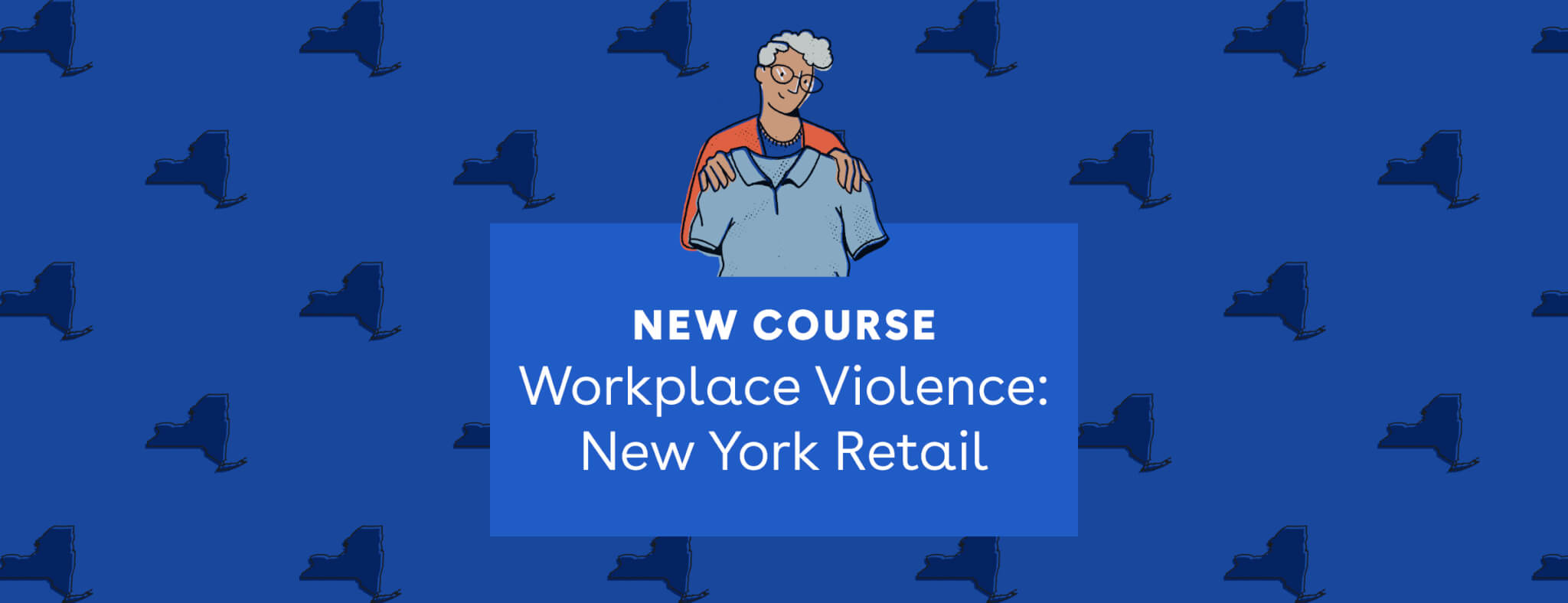Here at Ethena, we pride ourselves on going above and beyond simple “check-the-box” solutions, and our recently-released Employee Hotline & Case Management tools are no exception.
We’ve designed it with employees and admins in mind, building in workflows for employees to deliver feedback, flag incidents, and surface workplace concerns, alongside a robust case-management system that we’re hoping allows for even the tiniest teams to check all the boxes in their workplaces, beyond just the legal requirements.
What that means for our time together today is that we’re not just going to drop a new feature and walk away. We’re here to make sure our product actually works, providing support, insight, and recommendations to make the onboarding process as frictionless as possible. To do that, we turned to Ethena’s very own VP of People, Melanie Naranjo, who offered up her insights on best practices for communicating with Employee Hotline users.
From suggesting content and cadence for admin touchpoints after a report has been submitted to a starting template for the customizable areas of our in-app FAQ form, Melanie thinks of it all so you don’t have to.
So let’s see what she has to say.
Contact reporters without sacrificing anonymity
A quick note on functionality, because it leads into one of our favorite value props for this feature: Ethena’s Hotline tool allows for reporter-admin communications without sacrificing anonymity.
As a user works their way through the form submission process, they’re asked whether they give permission for an admin to contact them about their report. Assuming they opt in, an admin is free to send updates, reassurances, and other messages to the email address of the reporter’s choice. An admin can even ask follow-up questions about the report, which the user can (once again!) answer, all while maintaining confidentiality. (Let’s hear it for our incredible Engineering team, folks.)
And just as we’re informing you, the reader, of this functionality, we also surface it repeatedly to our users — prioritizing clarity, transparency, and reassurance every step of the way.

How should admins communicate with reporters?
Now that we know what's possible, let's turn to our resident expert for what's advisable.
There are technically two different ways to communicate with reporters: first, by filling out the customizable portions of our FAQ form that users encounter in-app before ever submitting their report, and second, through updates from an admin delivered after a report has been submitted.
Before a report has been submitted
We know that anyone using a reporting tool — reporters and admins, alike — will likely have questions about the process. So we created an FAQ section to provide insight early in the process, and made three of our questions customizable by any given organization.
Maybe your company already has some great documentation on the below topics, but in case you need somewhere to start, want to have something in place while you draw up an alternative, or are just eager to soak up Melanie's expertise, we're making her templatized answers available here.
- What is the investigation process like at [company name]?
Once a report is made, we review the concern and determine if a formal investigation is needed. This may depend on, among other factors, the severity of the allegations as they pertain to our company policies. We may need to request additional information in order to properly determine whether or not a formal investigation is needed.
If it’s determined that an investigation is needed, an authorized company representative will notify the accused, accuser, and alleged victim that an investigation is being formally launched and inform them of next steps.
Generally speaking, the investigation process involves a series of interviews geared towards understanding the full scope of the situation.
Once we’ve collected the necessary information, we’ll make a determination as to whether or not the accused person is in breach of company policy as well as appropriate action, if applicable.
- How long does an investigation take at [company name]?
While we aim to complete investigations in a timely manner, we can’t guarantee how long an investigation will take. It’s our responsibility to ensure a fair and thorough investigation process for all parties involved. Sometimes this means running additional interviews, which can extend the investigation timeline. Generally speaking, however, you can expect most investigations to be completed within 2 - 3 weeks.
- What will happen to the person or people I report at [company name]?
It’s our responsibility to ensure a fair and thorough investigation process for all parties involved. That means we can’t know the outcome of an investigation until we complete it. Every employee involved is given the opportunity to share their understanding of events, including the person or people being investigated. Once we’ve collected the necessary information, we’ll make a determination as to whether or not the accused person is in breach of company policy as well as appropriate action, if applicable.
After a report has been submitted
Melanie recommends breaking the process into three distinct chunks for yourself: shortly after a report is submitted, when an investigation is ongoing, and once an outcome has been reached.
Shortly after submission
Reporters will want reassurance that their concern is being taken seriously, and will expect some type of communication very shortly after submitting their report. This can be as simple as “Thank you for submitting your concern, we’re looking into it,” which puts the user at ease that there’s a human being on the other end and not just a cold, electronic abyss.
But if you want to be a bit more thorough, Melanie recommends adding something along the lines of, “We take all reports seriously and will look into this matter immediately, with an aim to get you an update as soon as possible."
Note here that the update you’re referring to isn’t “this person is guilty and here’s what we’re going to do about it,” but rather, “we’ve determined that this issue does or does not require us to launch an investigation.” Big difference, right?

What not to do
Because reporting can be uncomfortable or even scary for folks, it’s natural for an admin to want to offer up a comforting sentiment. That’s one of the wonderful things about being a human, so we aren't necessarily advising against it — just be careful not to inadvertently mislead someone with language that implies you’re taking sides.
- Good — "We take this concern very seriously."
- Not good — "That’s completely unacceptable. We're going to get this taken care of immediately."
Remember: It’s your job to provide every employee involved with a fair and thorough investigation, which means no jumping to conclusions or giving the impression that you've already made up your mind about a situation.
During the investigation
Educating and setting realistic expectations early on is crucial here, particularly when it comes to level-setting about investigation timelines.
But even if you've set crystal clear expectations, it can still be reassuring for the reporter to hear from an admin — especially if the investigation is taken a while. Even if it’s just an update that you’re still looking into the matter and a reminder that you take reports seriously, your employee is likely to be appreciative of a quick check-in so they don't have to wait and wonder.
If you want to provide even more structure, consider sharing how frequently you hope to provide updates going forward. Maybe that’s every week or maybe it’s every two weeks; just make sure to choose a cadence that you can realistically stick to.

When an outcome has been reached
Even if you can’t provide specific (or any!) details on what that outcome is, it can still be beneficial to the reporter to know that the investigation has been concluded. For that reason, Melanie recommends having two separate templates prepared that reveal all the relevant information and nothing more.
And because she's a rockstar, she's shared them both with you.
If a violation was found
I'm reaching out to let you know the investigation has been completed and is now closed. We've determined that this person was in violation of company policy and have taken appropriate action.
If no violation was found
I'm reaching out to let you know that the investigation has been completed and is now closed. While we did not determine that this person was in violation of company policy, we appreciate you reporting this concern so that we could investigate the matter appropriately.
If applicable, you can also add something like: We'll be taking measures to help avoid situations like this arising in the future.
Ready to put Ethena's Hotline tool to the test?
Armed with Melanie's excellent guidance, we hope you're walking away today confident in your ability to keep reporters informed and reassured at every step of the Hotline process.
If you're reading this, we think it's likely you already have access to the tool, but if you don't — let's fix that! Get started with Ethena's Hotline & Case Management tools today, or feel free to start with a conversation with a member of our sales team if you're looking for more information.










